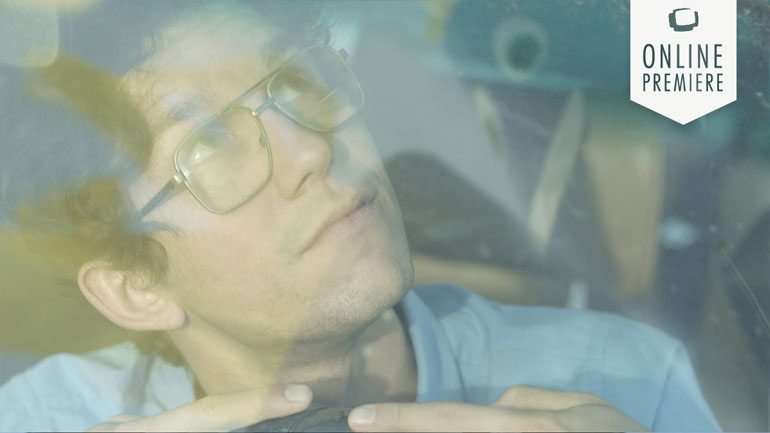In the final hours before curtain up on opening night, a young male dancer, Simi, battles an inability to perform a dangerous dance move on his co-star, Alana, whom he’s also infatuated with.
While his choreographer is pushing him to surrender to the violence of the act if the show’s going to be a hit, Simi’s masculine, forceful side has always struggled to come to the surface.
The Choke is a dark, cautionary tale of what happens when the old world model of masculinity collapses. Of emotional repression and it’s devastating consequences.
Director’s Statement
At 26 years old I have never been in a fight. Not because I’ve never felt the need to act on feelings of intense anger, but because I don’t consider myself to be a violent person. Like most men, there’s a part of me that feels the need to ‘prove myself’ by responding to feelings of frustration by making physical statements. Whenever I discuss this inexplicable inclination with male friends, they tell me that they feel the same. Even in 2017, our culture tells us that an inability to express violent emotions physically makes you ‘less of a man’.
Toxic masculinity is so overwhelmingly present in society and politics that young men are led to belief that being in a fight is rite of passage. Yet, ironically, young men are also brought up to feel as though they would be breaking a set of unwritten male ideals if they were to express emotions such as hurt, disappointment or insecurity.
Stereotyped beliefs about gender are relentlessly reinforced to such an extent that young men bottle things up until they’re overwhelmed, and often consumed, by them. There are many different forms of masculinity, some associated with healthy and productive behaviours, others with destructive and harmful traits. In a progressive society, which is becoming more inclusive and accepting, the traits associated with hyper masculinity are becoming increasingly obsolete. And yet there is still an inherent fear of seeming weak, emotional or in any way less than ‘manly’.
This insecurity is perhaps what underpins toxic masculinity. Ultimately, this story is a cautionary tale, of what happens when the old-world model of masculinity collapses. Of emotional repression and its devastating consequences. Putting an act of violence at the centre of the story created an inherent tension and pressure on our protagonist. This story strives to place the audience in a personal dilemma. We watch the events unfold and urge him to act, but subliminally we already know that its too late to reverse the damage caused by a society plagued by an outdated concept of masculinity.



